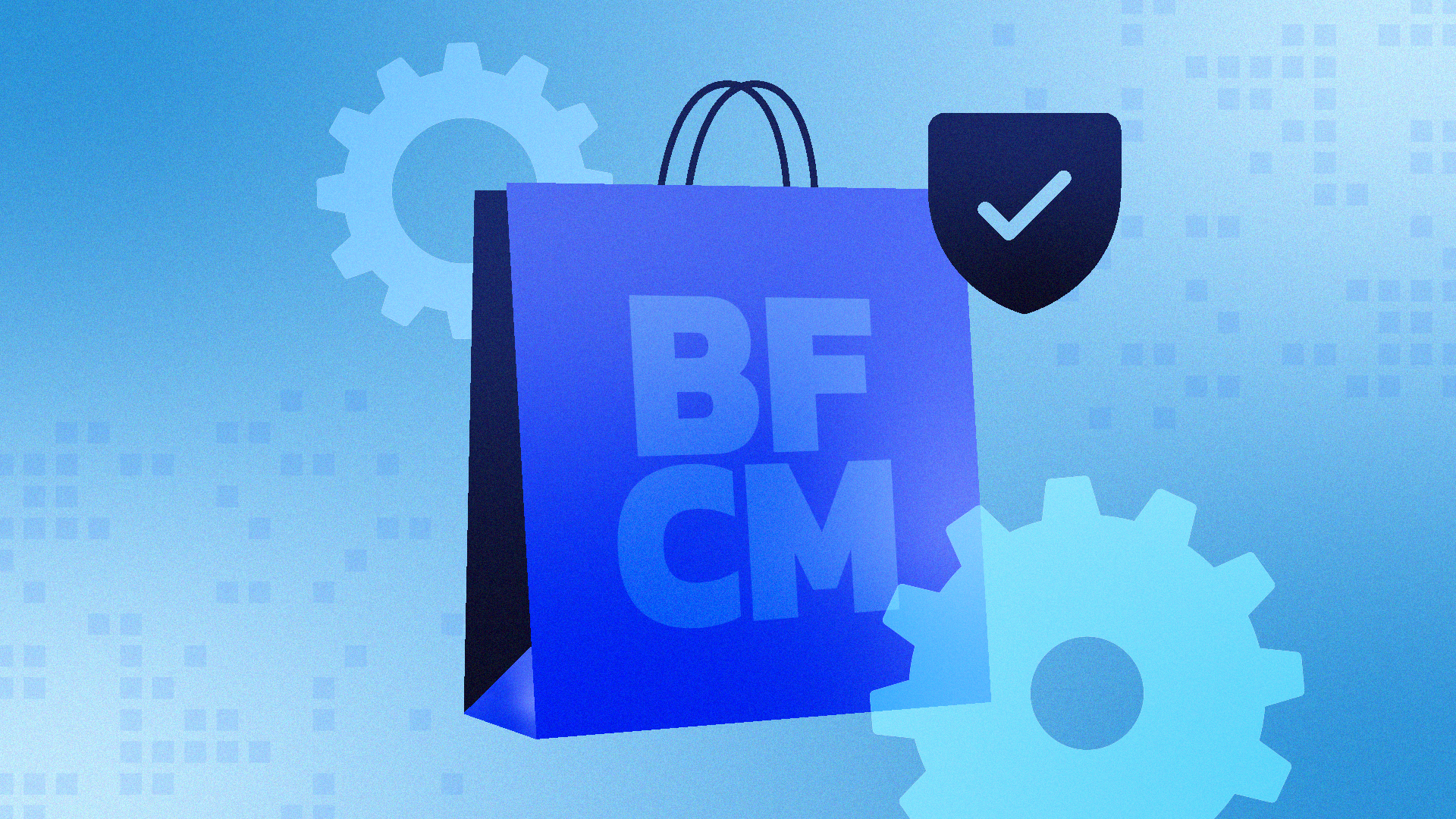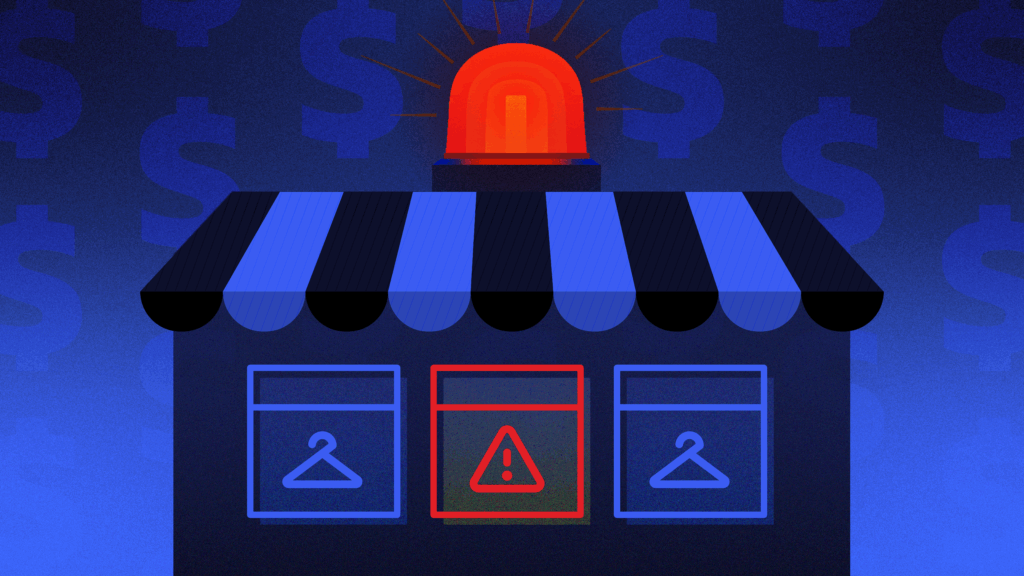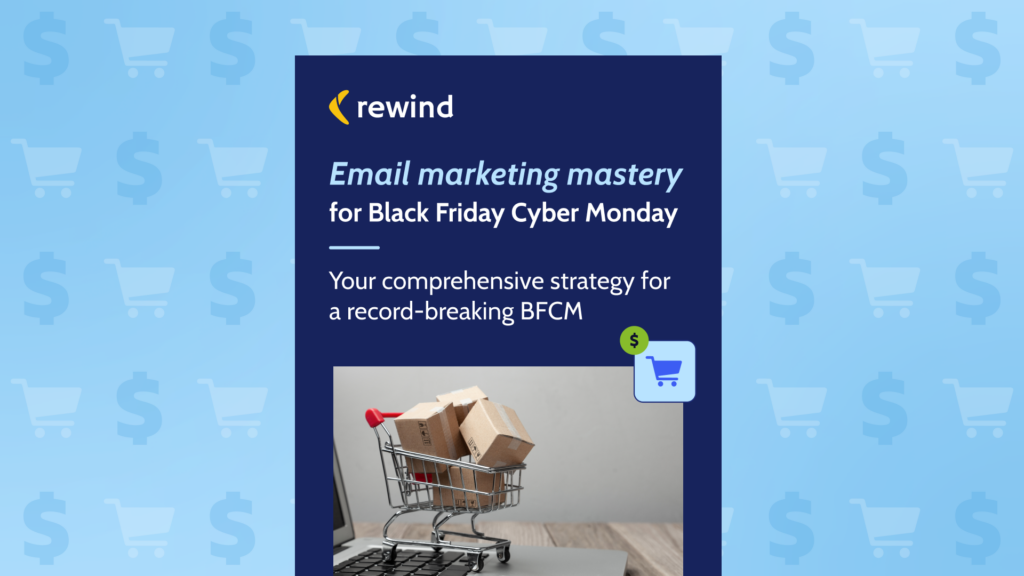Fast-forward
- Proactive preparation across ten key areas is essential for Shopify merchants to mitigate risks and ensure BFCM success.
- Stress-testing your store’s performance, payments, and promotions prevents revenue-impacting issues during peak sales periods.
- A comprehensive checklist, assigned ownership, and a tabletop simulation reduce the likelihood of glitches and downtime.
Is your Shopify store ready for Black Friday Cyber Monday? You sure about that?
With peak sales hitting millions per minute across Shopify, even a minor issue—like a broken promo code or a slow checkout—can wipe out revenue fast. That is why every merchant needs a Shopify Black Friday preparation checklist designed to uncover hidden risks before the rush.
Black Friday Cyber Monday is the busiest and most lucrative weekend of the year for Shopify merchants and it doesn’t pay to leave anything to chance.
In 2024, Shopify stores processed a staggering $4.6 million per minute at the peak of BFCM shopping. With so much revenue on the line, even a few minutes of downtime, a failed discount, a sub-optimal mobile experience, or [insert any number of other factors here] can impact your revenue.
Run through this Shopify Black Friday preparation checklist (a “red-team” drill) in the weeks before BFCM. Work through each step, assign owners, and lock in your readiness plan to minimize surprises when traffic surges.
Table of Contents
0. Shopify backup and recovery
Before you get into the fine-tuning of speed, checkout, and promotions, make sure your foundation is solid. A reliable backup is your safety net during Black Friday Cyber Monday. If something breaks—whether it is a theme update gone wrong or a bulk product import that overwrites key data—you will want a clean, restorable copy of your store ready to go.
- Ensure backups are automated and daily so you are never left exposed between manual exports.
- Confirm you have a clean restore point available before your BFCM freeze window.
- Test your restore process ahead of time to ensure you can recover quickly, ideally within minutes.
- Use a dedicated backup app, like Rewind for Shopify, to cover themes, products, collections, and pages automatically.
Why it matters: Having dependable backup solution with the ability to restore granular data restoration means you can recover fast and not derail your most profitable weekend of the year. It is one of the simplest, most powerful steps you can take in Shopify Black Friday preparation.
Before BFCM, get a free trial of Rewind or book a demo to see it in action.
1. Data loss and code-change risks
Your store data is the foundation of your BFCM success. Losing products, pages, or theme customizations is bad news, but in the BFCM rush, the stakes are even higher. Backups and version control help you recover quickly if something goes wrong.
- Enable automated, real-time backups for themes, products, collections, and pages.
- Run a full restore test on a staging copy (or during off-peak hours) to confirm rollback time is acceptable (target: under five minutes).
- Set a code freeze data after which only critical fixes will be deployed; no code changes, theme updates, etc.
- Version and store all CSV or bulk import files off-platform.
2. Performance and traffic surge
The goal of all your BFCM marketing efforts is to get a ton of traffic coming to your store and to convert those visitors into buyers. Shopify will handle the load but performance testing your store is an important Shopify Black Friday preparation step.
- Engage Shopify’s Web Performance dashboard and address any issues.
- Pre-load critical assets (hero images, fonts) and defer non-essential app scripts.
- Consider disabling any apps or widgets impact load time.
3. Payments and checkout continuity
If your visitors face any problems checking out in the busy BFCM period, you miss out on revenue. Be prepared with more than one payment option and ensure fraud filters don’t disrupt reputable buyers.
- Enable at least two payment gateways (for example, Shopify Payments and PayPal).
- Review fraud-filter rules to avoid blocking legitimate orders and whitelist key regions.
- Test high-value orders ($1,000+) and if applicable, buy now, pay later (BNPL) flows on mobile.
4. Promotions, pricing and discounts
Your customers expect great deals during BFCM. Testing promotions and pricing logic ahead of time prevents discount errors or cart frustrations.
- Validate discount stacking logic in draft orders.
- Schedule offer start and end times in the store’s time zone (watch for DST shifts).
- Preview all dynamic price changes in different currencies.
5. Inventory, fulfillment and returns
Running out of stock or mishandling orders during BFCM leads to unhappy customers. Double-checking inventory and fulfillment processes is a key part of Shopify Black Friday preparation.
- Sync stock counts with enterprise resource planning (ERP) or warehouse systems and set thresholds for fast-moving SKUs.
- Publish shipping blackout dates and cut-off times on product pages and email templates.
- Pre-print shipping labels or use Shopify Shipping bulk print to speed up dispatch.
- Update return policy messaging to reflect holiday extensions.
6. Mobile and accessibility
Mobile dominated BFCM shopping in 2024 and drove 54.5% of all purchases in the last two months of 2024. A seamless mobile experience, combined with accessibility best practices, helps you convert more visitors.
- Use thumb-friendly buttons (≥44×44 px) and sticky add-to-cart bars.
- Check banner and timer contrast for WCAG AA compliance.
- Test font scaling at 125%–200% zoom.
7. Security and fraud spikes
Fraud attempts increase during high-volume shopping events like BFCM. Take extra measures to protect your store and your customers’ data.
- Enable CAPTCHA on login, contact, and checkout pages.
- Rotate API keys and remove unused staff accounts.
- Enable 3D Secure Checkout (if using a payment processor other than Shopify Payments or Stripe).
- Set up real-time alerts for chargebacks (e.g. >3/day) or disputes (e.g. >2% rate).
8. Analytics and monitoring
You cannot optimize what you cannot measure. Verifying analytics and setting up monitoring tools ensures you catch issues in real time and track campaign performance accurately.
- Confirm events (e.g. GA4, Meta Pixel, TikTok) fire on your Shopify Thank You page.
- Create a real-time dashboard (Shopify Live View + GA4) and route alerts (e.g. in Slack).
- Add uptime pings for storefront and critical app endpoints.
9. Communications and support
If your store has an issue, customers will be more forgiving if you communicate quickly and clearly. Preparing communication templates and escalation plans avoids scrambling in the middle of BFCM.
- Publish a status page or banner for live incident updates.
- Draft templated tweets and email copy for checkout outages and oversell scenarios.
- Finalize on-call rota with escalation paths (dev → app partner → Shopify Plus support).
- Load Zendesk or HelpCenter macros for BFCM FAQs.
10. Legal and compliance
Do not let overlooked compliance details ruin your weekend. Review policies, taxes, and promotional claims to ensure everything is legally sound before traffic spikes.
- Verify privacy policy, terms, and refund policy links at checkout and in footers.
- Double-check tax overrides for new regions (especially EU and UK VAT).
- Ensure promo copy complies with advertising standards (e,g, no “lowest price ever” without proof).
How to use this checklist
Assign owners per section and track deadlines in your project board. Run a tabletop simulation two weeks before Black Friday. Keep a printed copy in your war room for quick reference.
Completing this checklist dramatically reduces the chance that a theme glitch, payment failure, or inventory mis-sync will ruin your biggest revenue weekend of the year.
A battle-tested backup strategy with seamless recovery is your best defense against costly, momentum-killing downtime in Shopify. Rewind for Shopify keeps your store protected so you can focus on maximizing revenue, not recovering from mistakes.
Start a free trial | Request a demo

 Rewind">
Rewind">


